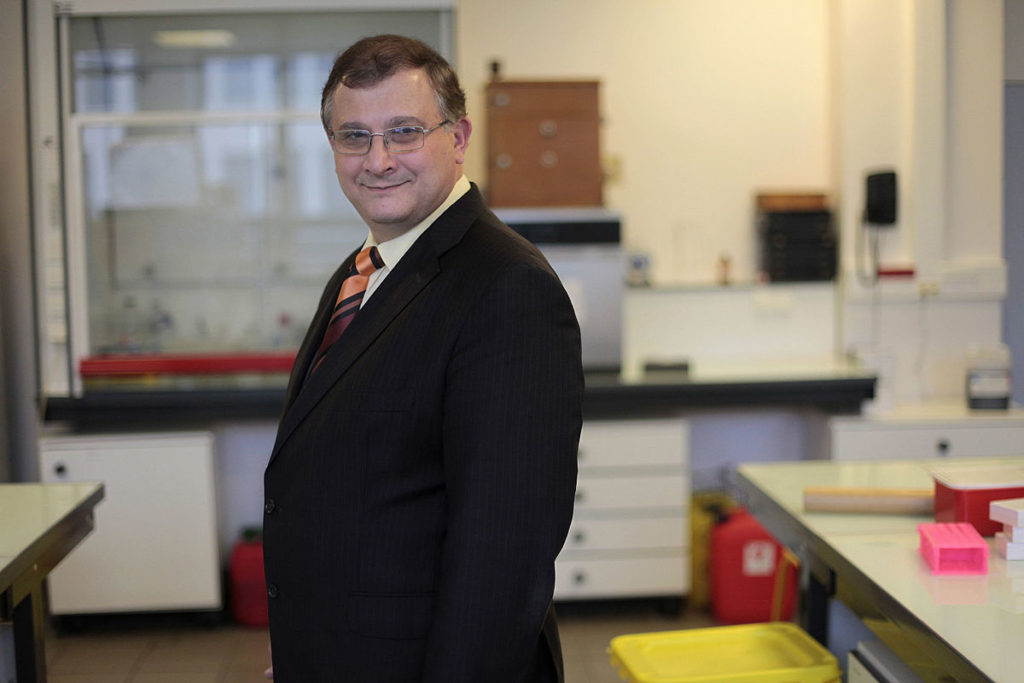Citation May 2019: Seralini GE, Douzelet J, Halley JC (2019) Copper in Wines and Vineyards: Taste and Comparative Toxicity to Pesticides. Food Nutr J 9: 196. DOI: 10.29011/2575-7091.100096
https://gavinpublishers.com/
Other related research papers: www.seralini.fr
Copper is generally considered to be a biopesticide that should be more regulated in organic vineyards, as it is the major treatment applied. There is currently a heated debate on this topic. In order to advance understanding of this issue, the authors studied the levels of copper in organic and non-organic wines and investigated whether this substance modified their taste. They also compared the toxicity of copper to that of synthetic pesticides at the levels of human health and the environment.
Copper is found at an average level of 0.15 mg/l in organic wines and at a level ten times higher, at up to 1.5 mg/l or more, in non-organic ones. This is probably because of its presence in the commercial formulations of petroleum-based synthetic pesticides, which contain several heavy metals that are transferred to the grapes. Vines are among the crop plants that are most heavily treated with pesticides, except when grown organically.
The environmental impact of copper in organic vineyards under normal treatment (a few kg/ha) appears to be positive, in that it improves biodiversity, in contrast with the impact of synthetic pesticides, which gradually desiccate the soil. Copper is essential for life. It stimulates the defense systems of plants and the human immune system and is toxic only in excess.
Copper is not primarily a pesticide but is an essential element for life.
It is nontoxic at the levels found in wines. However, at levels present in nonorganic wines, it clearly changes their taste. For comparison, we found that a favourably judged (awarded 100/100 in the Parker Guide) non-organic bottle of wine contained 146 μg/l of boscalid, a widely used synthetic pesticide. If we consider the formulants and residues present in numerous pesticides, such as petroleum and arsenic or other heavy metals, the threshold of chronic toxicity will be reached from the consumption of 22 ml of this wine. Similar results are obtained for fenhexamid and glyphosate in Roundup, which are widely used in non-organic vineyards and have a considerably higher toxicity than an excess of copper. Copper cannot therefore be considered as being comparable with the synthetic petroleum-derived pesticides that are present in nonorganic wines.
If regulatory agencies are to regulate the use of copper, they should first release the composition of synthetic pesticide formulations, which are currently kept confidential, as they could contain copper together with toxic heavy metals.
Prof. Gilles-Eric SERALINI
co-Director Network on Risks, Quality and Sustainable Environment MRSH
https://www.facebook.com/

